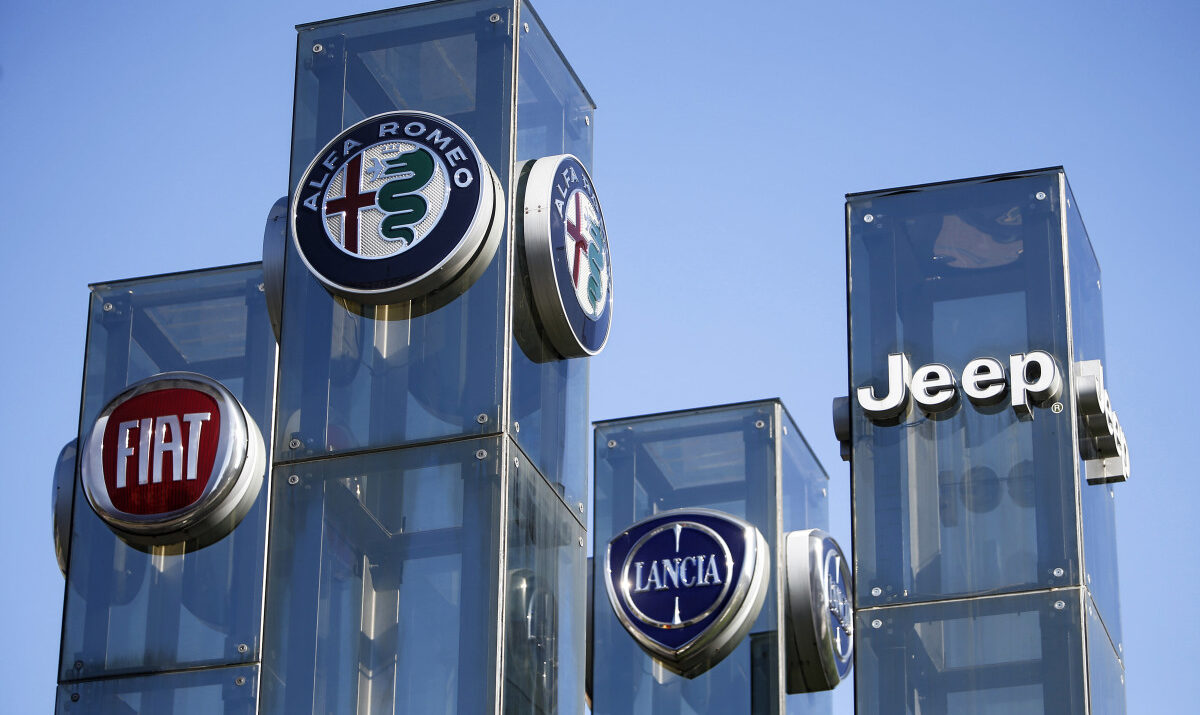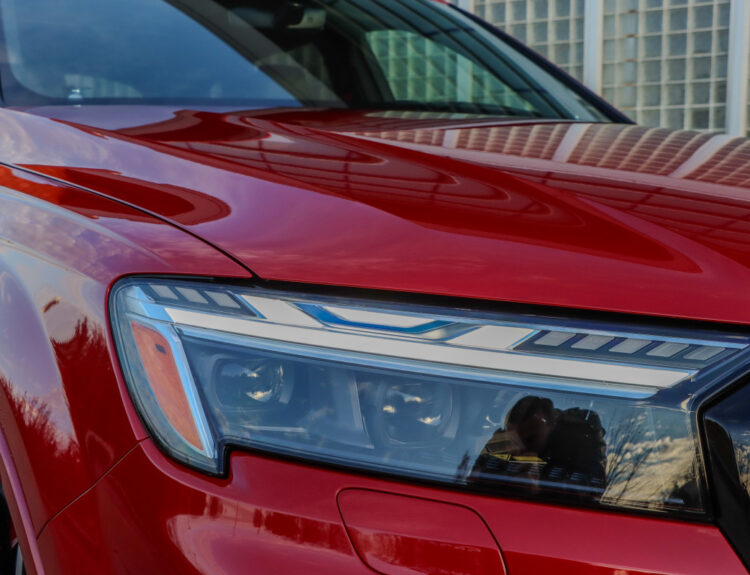Stellantis Faces $4.1 Million Emissions Settlement Amid Ongoing Controversies
Stellantis, the automotive giant born from the merger of Fiat Chrysler Automobiles (FCA) and Peugeot S.A., has once again found itself in hot water regarding environmental compliance. The California Air Resources Board (CARB) recently announced a settlement with the company for violations of emissions regulations, underscoring ongoing concerns about its practices that have drawn scrutiny in recent years.
Details of the Settlement
Under the terms of the settlement, Stellantis will pay just under $4.2 million, addressing issues concerning specific models of its RAM ProMaster van. The vehicles implicated in this settlement span model years 2014 to 2016 and are equipped with 3.0-liter four-cylinder diesel engines. CARB alleged that Stellantis employed an unauthorized device designed to bypass emissions controls, leading to non-compliance with state emissions standards. Furthermore, the investigation revealed inconsistencies in emissions control performance during real-world operation.
In addition to the monetary penalty, Stellantis is obliged to recall the affected vehicles for modifications to their emission control systems, although only those registered in California will be subject to this corrective action.
"CARB’s rigorous compliance testing ensures that auto manufacturers adhere strictly to the vehicles that have been certified for sale in California, without modifications that could undermine air quality and public health," stated CARB executive officer Dr. Steven Cliff.
Of the penalty, $2 million will be allocated to CARB’s Air Pollution Control Fund, while the remaining $2.1 million will support the Marine Vessel Speed Reduction Incentive Program, which incentivizes slower speeds for cargo vessels to safeguard wildlife and enhance air quality.
A Pattern of Regulatory Violations
This latest settlement adds to a troubling pattern of emissions-related controversies tied to Stellantis and its predecessor, FCA. In 2017, the U.S. Environmental Protection Agency (EPA) issued a notice of violation against FCA, revealing that over 100,000 vehicles were found to contain software allowing them to exceed nitrogen pollution limitations. The discovery followed intense investigations in the wake of the Volkswagen emissions debacle.
The EPA identified the excessive emissions primarily in certain models of the RAM 1500 and Jeep Grand Cherokee from 2014 to 2016. In 2019, Stellantis (implanted within FCA at the time) settled these claims for approximately $800 million. Notably, company executives did not admit to any wrongdoing.
Further legal challenges persisted, including a class-action lawsuit in 2020 that claimed the existence of emissions-defeating devices in more than 500,000 engines across various models, including Fiat, Jeep, and Alfa Romeo. In 2022, Stellantis faced additional scrutiny, pleading guilty to federal charges of emissions tampering, resulting in about $300 million in penalties.
Conclusion: A Call for Accountability
While a $4.2 million settlement may appear inconsequential in the grand scheme, especially given the relatively small number of vehicles involved, it highlights a broader issue. Should the recall encompass all affected 2014 to 2016 RAM ProMaster vans, the financial implications would be significantly steeper. California’s stringent regulatory environment may also have national implications, potentially inviting scrutiny from federal regulators.
Having incurred over $1 billion in fines, penalties, and recall-related costs linked to emissions infractions since 2014, one might expect Stellantis to reconsider its strategies. However, the persistence of these violations raises questions about the company’s commitment to compliance. In an era where sustainability is paramount, the pathway toward an electric future may be the wisest course for Stellantis, leaving behind a legacy tainted by regulatory lapses and a penchant for expedient shortcuts.
Source:www.autoblog.com






